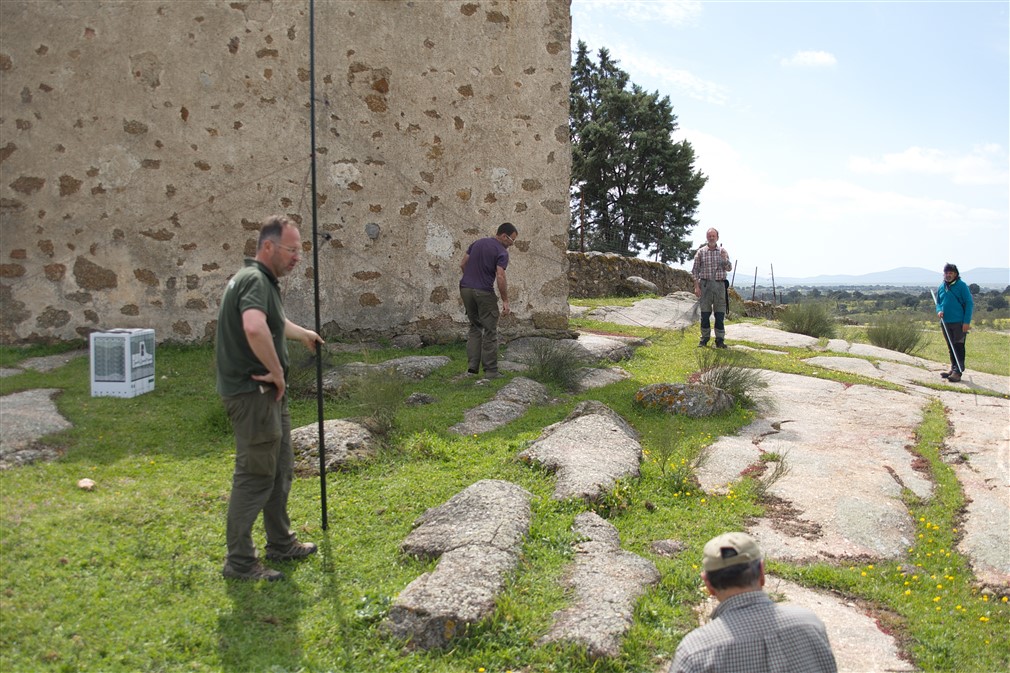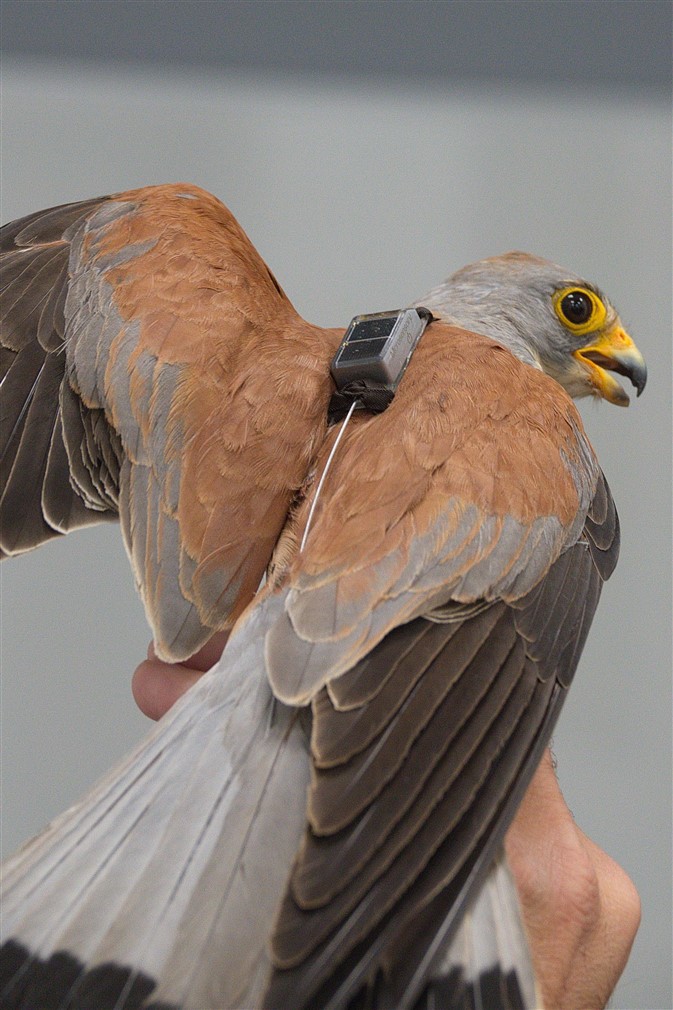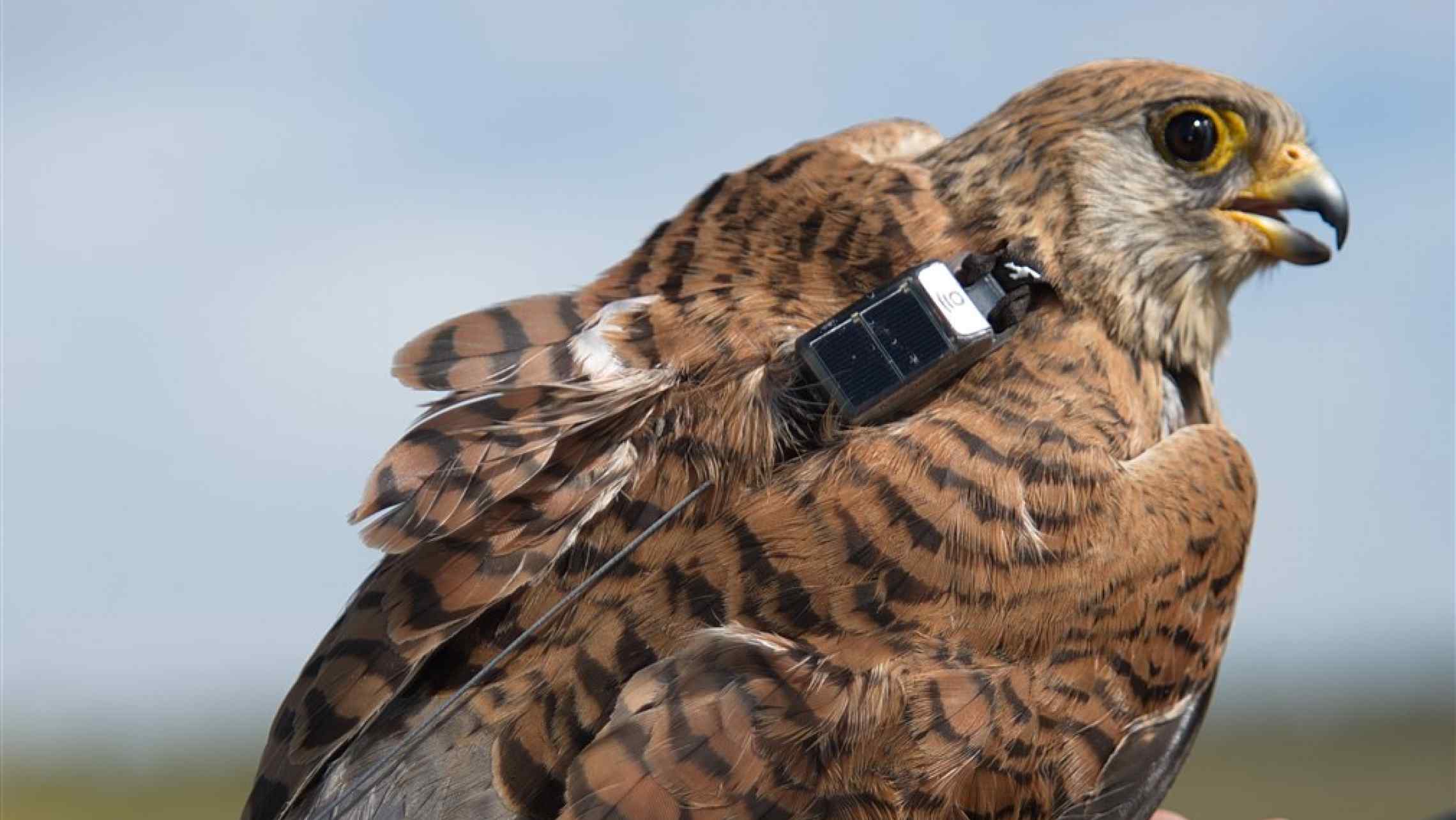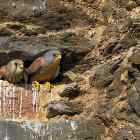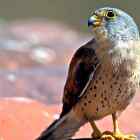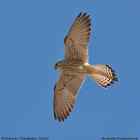Within action A2 of LIFE ZEPAURBAN Study and characterisation of the feeding habitats of lesser kestrels in urban SPAs and roosts in Extremadura, a significant number of individuals have been captured and tagged in three urban SPAs in the region: Acedera (Badajoz), Casa de La Enjarada (Cáceres) and Trujillo (Cáceres).
The birds were tagged with GPS transmitters which regularly transmit location signals, which are received by an antenna sited in each colony. The information thus obtained will provide knowledge about the way in which the birds use the space available, their movements and the preferred foraging areas, which will facilitate the design of management methods in the future and enables more to be known about the biology and ecology of this interesting urban species. During the handling of the lesser kestrels for tagging, blood and feather samples were also taken for analysis to detect possible contamination and to carry out genetic studies.
In total 49 lesser kestrels have been marked: six males and three females in the Casa de la Enjarada, seven females and eight males in Acedera and eleven females and fourteen males in the colony located in the i-Novo silo in Trujillo.
Shortly more birds will be captured and marked, this time with satellite tags, which will provide valuable data about their migratory journeys and wintering areas in sub-Saharan Africa.
The work of capture and marking has been supported by the excellent participation of professionals from the University of Extremadura and of SEO/BirdLIfe, who have collaborated closely with the partners responsible for this action, the General Directorate of the Environment and Terra Naturalis.
